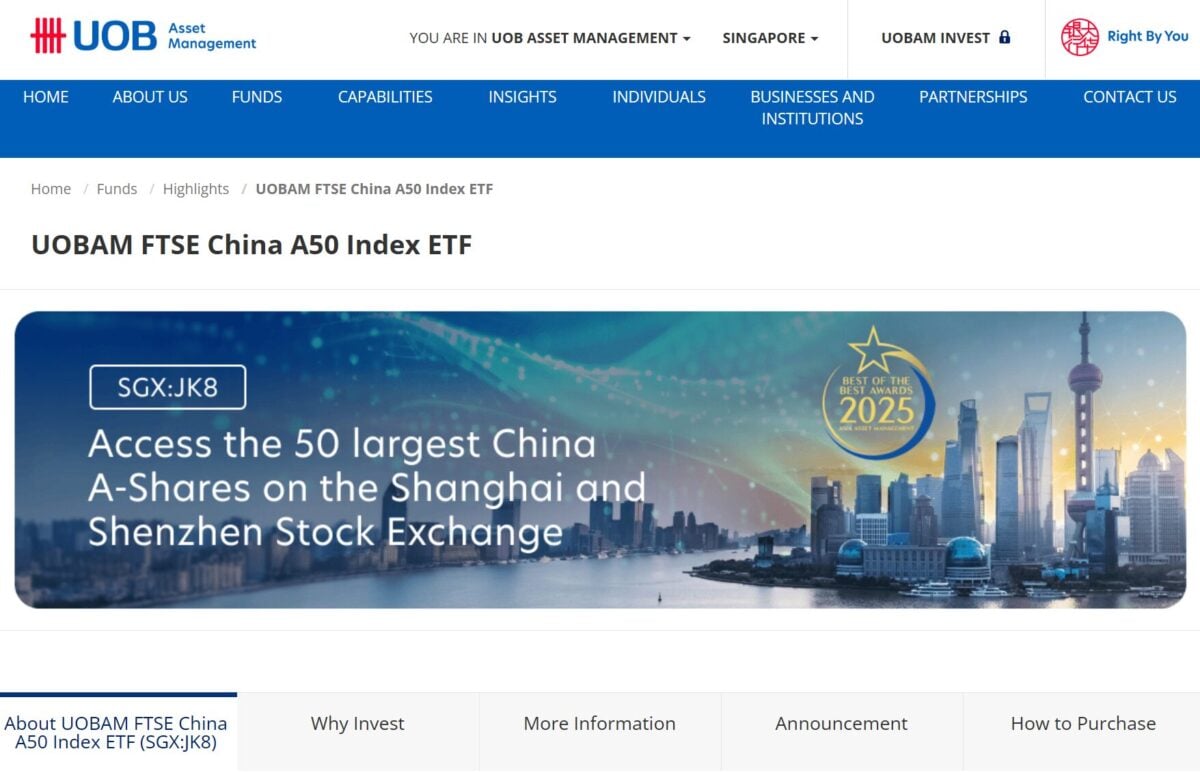
When the US Federal Reserve (Fed) talks, usually the world listens. That’s because global stock markets are taking direction from the US central bank right now, as it sets interest rates.
The Fed’s latest meeting, on 17-18 December, resulted in another 25-basis point cut to the federal funds rate (aka interest rate). This resulted in the Fed’s overnight benchmark borrowing rate falling to a range of 4.25% to 4.50%.
The Fed had started cutting interest rates – for the first time in four years – in September 2024 when it cut the rates by 50 basis points . For many investors, a lot of talk of where interest rates end up would just be hypothetical speculation.
What really matters, though, is investor returns. And this can vary in both stocks and bonds in the 12 months following an interest rate cut by the Fed. Here’s what investors should know about how these two main asset classes could perform following the start of a cycle of rate cuts by the Fed.
Read Also: Stocks, Bonds Or Properties? The Pros & Cons For Each Type Of Investment For Regular Income Stream
Stocks Do Better Than Bonds
With an interest rate cutting cycle, the natural assumption would be to think that bonds could perform better given slowing economic growth usually prompts the Fed to start easing monetary policy.
However, readers may be surprised to know that this is not the case. A historical look at Fed’s interest rate cutting cycles, by asset management company Schroders, found that stocks have outperformed bonds in the 12 months following the first rate cut by the Fed.
Schroders used data that looked at 22 interest rate cutting cycles since 1929 and found that, on average, stocks delivered a 12-month real return of 11% after the first Fed rate cut in a cycle. However, this data does not include the latest rate cutting cycle, which only kicked off in September.
This average real return is significantly better than the average 5% real return that bonds have delivered over the same timeframe following a first Fed rate cut.
The discrepancies in average return between stocks and bonds can vary significantly – mainly on whether there is a recession or no recession. Clearly, it’s preferable for stocks if a recession can be avoided following a Fed rate cut.
If there was a recession, the average real return for stocks dropped to 8% while for bonds, the return went up to 7%. Conversely, if there was no recession the average real return for stocks climbed significantly higher to 17% in the 12 months following a rate cut while the average return for bonds fell to 2%.
Bonds potentially perform better in a recession as the likelihood is that the Fed is cutting rates at a faster pace in a recession.
Both Stocks And Bonds Beat Cash
It’s perhaps most important to note that 12 months on from a Fed rate cut, history tells us that cash is the worst performer out of all three asset classes.
That’s no surprise. With interest rates falling, investors are incentivised to put their money to work in higher-yielding assets and that leaves cash as a laggard. That has been borne out in the historical data, too, with cash having given investors an average real return of just 2% in the 12 months following a first Fed rate cut.
The takeaway here for investors is perhaps to understand the historical data in the context of today’s interest rate environment. While historical data does not necessarily play out exactly as before, the saying “History doesn’t repeat itself, but it often rhymes” could apply when we look at interest rates.
Historically, for bonds, a recession following a first Fed rate cut leads to better relative performance while stocks would prefer to avoid a recession. Either way, both stocks (six) and bonds (six) are roughly on par with each other in terms of the number of negative 12-month real returns across the 22 interest rate cutting cycles studied.
The lesson for investors here could be that the direction of interest rates shouldn’t be determining or influencing significantly our long-term investment goals. If we remain committed to our long-term wealth building plan, we could continue to invest in assets that suit our specific needs.
Read Also: How The US Federal Reserve Interest Rate Decisions Impact Singapore REITs (S-REITS)
The post How Stocks And Bonds Perform After The Fed Cuts Interest Rates? appeared first on DollarsAndSense.sg.











